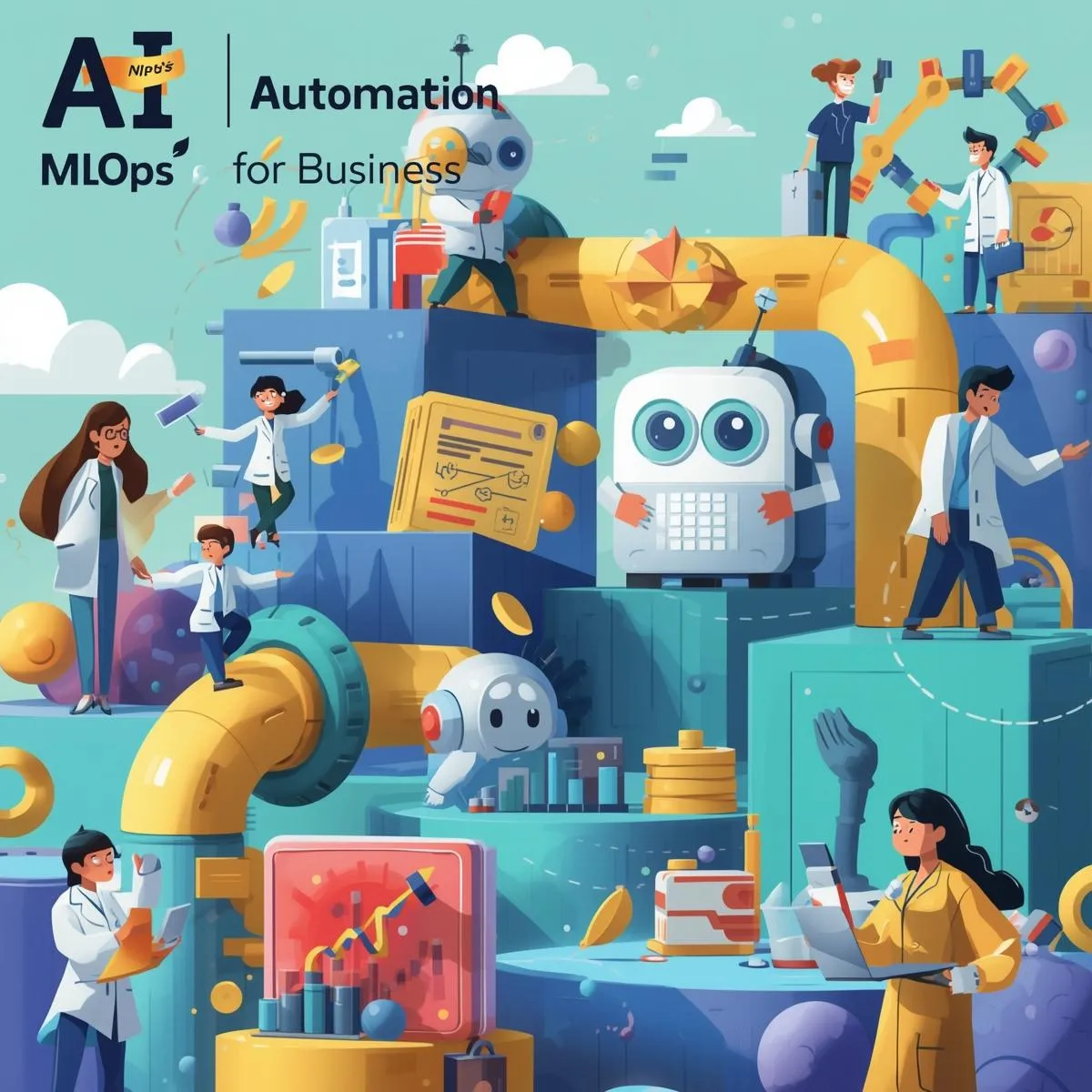
The initial adoption of AI in software development was using AI as a coding assistant or as a code generator in response to prompts entered by developers. The AI would create source code or fix errors according to instructions. While this increased coding speed, it lacked deep contextual understanding of the entire project. This approach, known as prompt engineering, resulted in AI-driven development lacking repeatability and traceability, leading to what is called vibe coding, an unstructured development approach that may produce results inconsistent with project standards.
After the era of vibe coding, where AI only responded to developer prompts, AI development has evolved into the era of Agentic AI. This AI doesn’t just respond to commands or follow preset rules; it can also work independently, show initiative, and adapt to achieve its goals. AI can make decisions, plan, and execute complex tasks by breaking them down into smaller subtasks and collaborating with other tools or AI systems, enabling AI to handle workflows of greater complexity.
The emergence of Kiro elevates Agentic AI to the next level by focusing on establishing clear Specifications before starting work. This specification acts as a compass for both AI and the development team, allowing Agentic AI to operate with direction, traceability, and consistency with project standards set by the team.
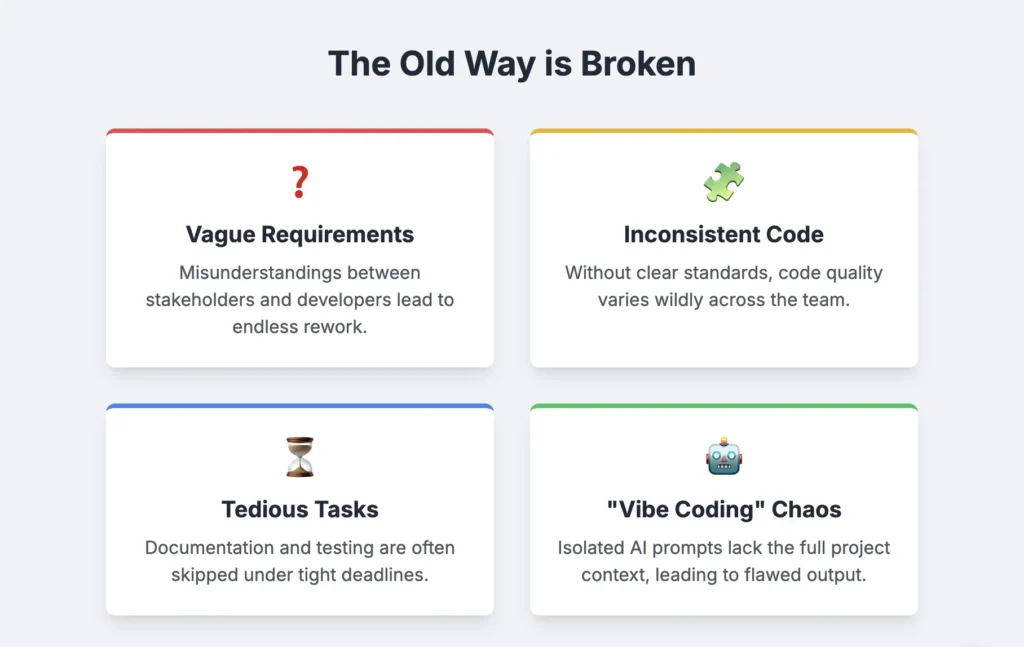
What is Kiro and How Does it Differ from Other Agentic AI?
Kiro is an AI-powered IDE developed by AWS, built on the foundation of VS Code (Code OSS) combined with Claude AI from Anthropic. It introduces a concept called Spec-Driven Development in its workflow, which differs from other AI coding assistants in the market.
From experience using other AI tools like GitHub Copilot, Windsurf, and Cursor, some problems encountered include Limited Memory or Context Truncation. Despite having memory or long-context capabilities, LLMs still cannot maintain persistent state like programs, potentially “forgetting” old instructions if input exceeds token limits.
But Kiro is different. Instead of entering prompts and immediately getting code output, Kiro helps convert requirements into clear specifications for review, divided into:
- Requirements Analysis – Defining requirements as user stories with acceptance criteria
- Technical Design – Architectural design and technology stack selection
- Implementation Plan – Step-by-step development plan with detailed subtasks
Once work begins, Kiro operates according to the defined specifications, ensuring generated code follows established standards.
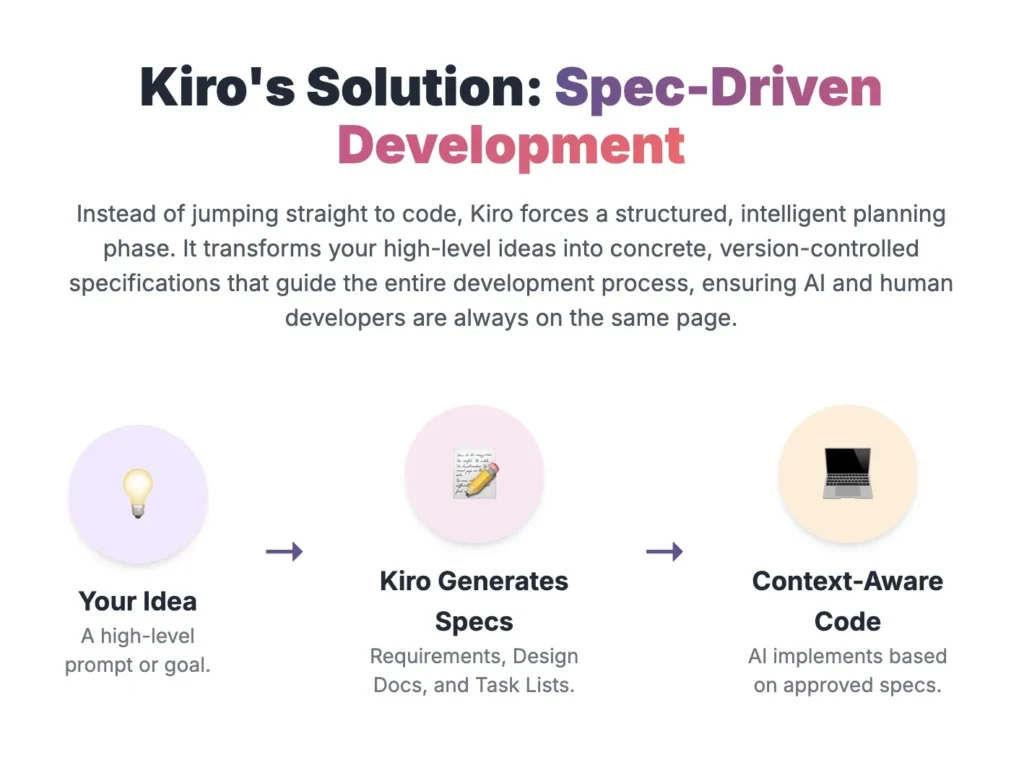
Let's Try It Out
For example, we want Kiro to create a Todo app using React and shadcn/ui. Getting started is simple – just enter a direct prompt about what we want.
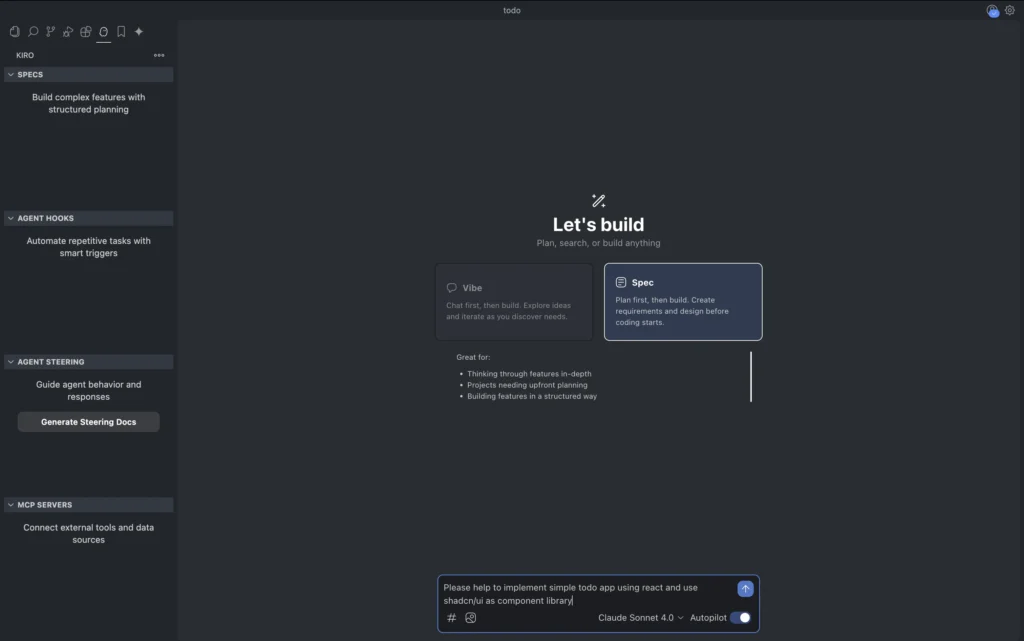
In the first step, Kiro analyzes our requirements and converts them into system requirements and acceptance criteria. If the initial prompt lacks requirements, we can review and add them later.
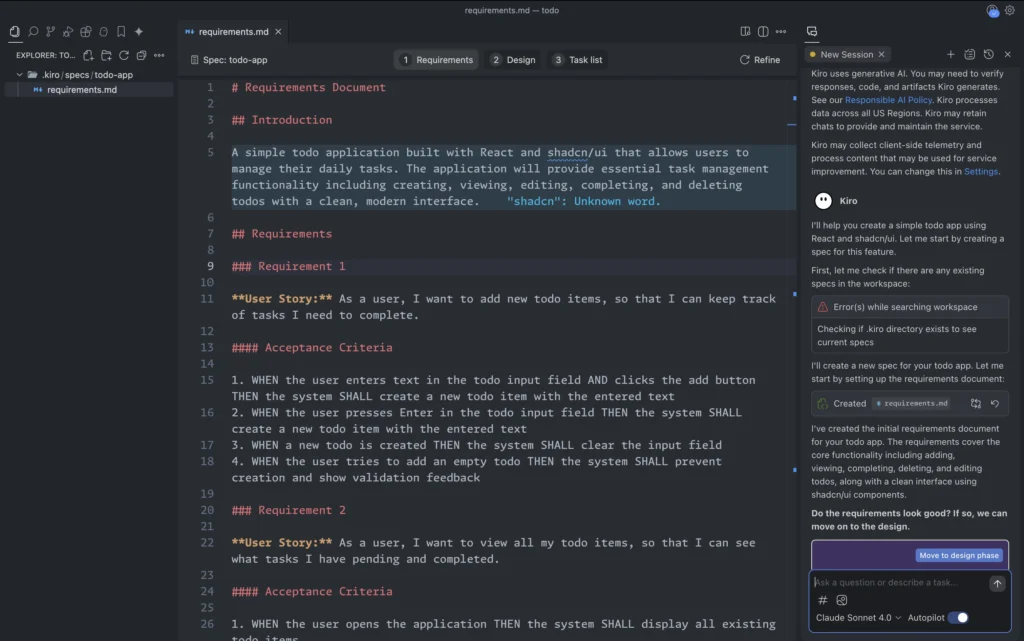
The next step is the design phase, which determines how the project structure should be organized, how components in the application should be divided, and what the data model looks like. This section controls the generated code to follow the standards we’ve established.
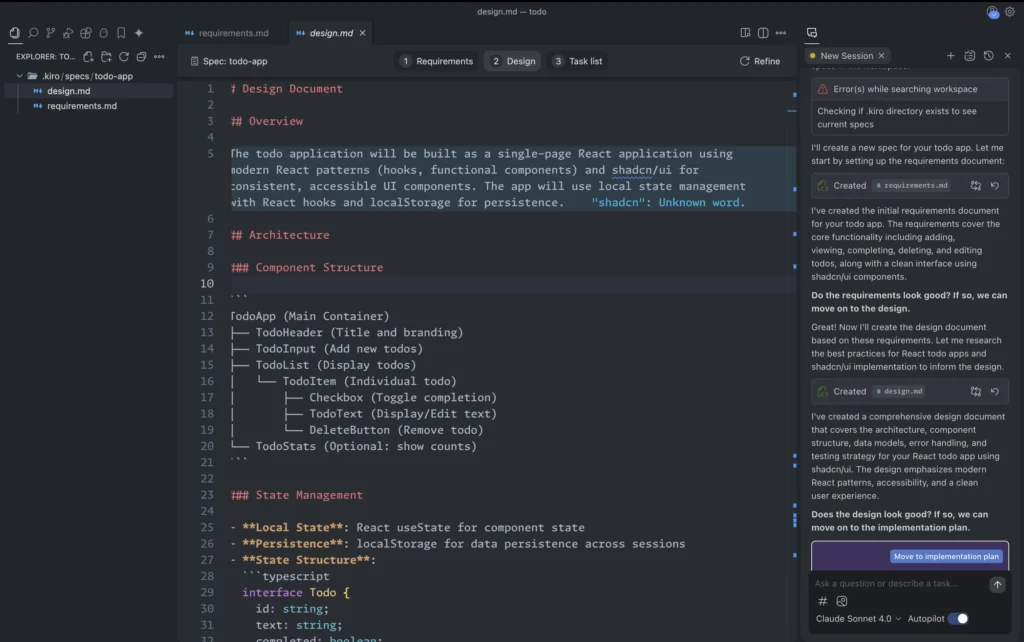
The final part is laying out the implementation plan. After setting up requirements and design specs, Kiro lists the tasks to be completed for us to assign work and track changes in each step.
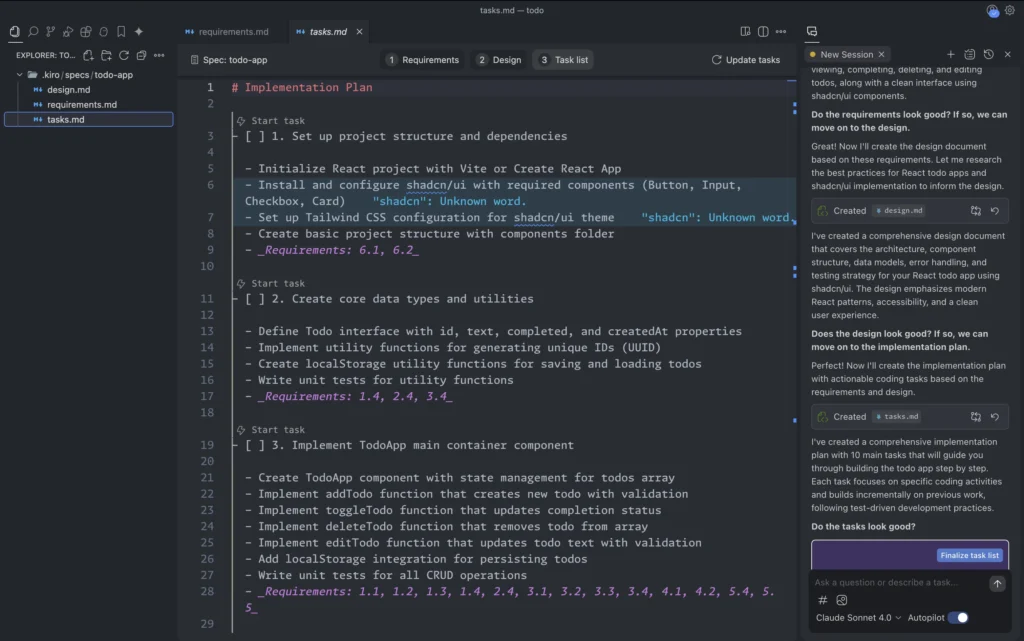
After setting up all the specs, we can start work according to the planned task list. Besides helping us write code, Kiro also sets up agent hooks to help certain tasks run automatically. For example, if we have lint set up to control code formatting within our project, we can use agent hooks to run lint fixes every time a file is saved. Setting up agent hooks is very easy – just prompt and describe what’s needed in natural language.
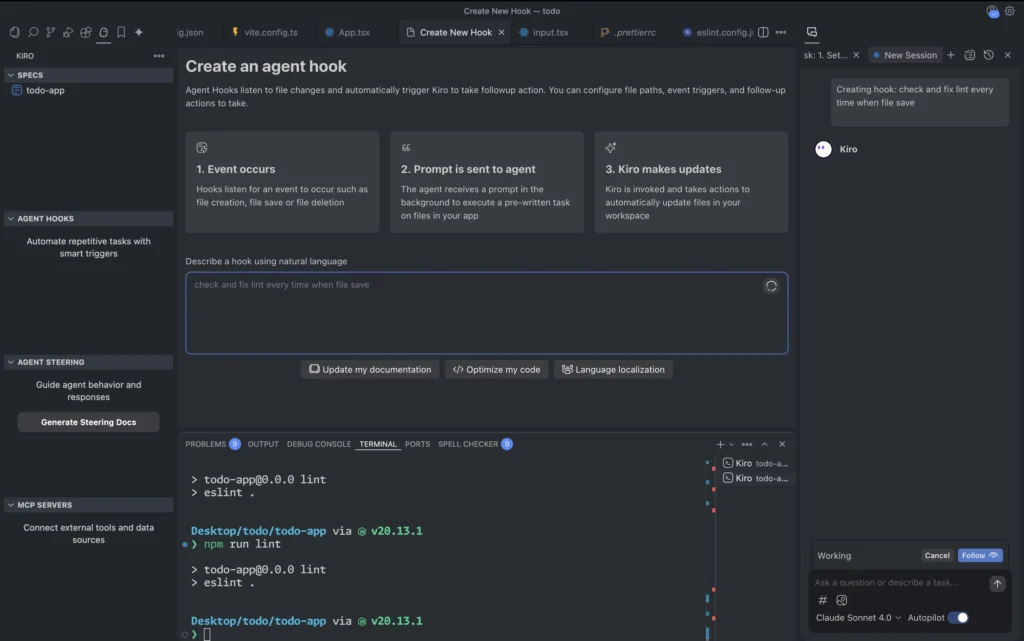
Key Highlights After Real Usage
- True Context Awareness – Kiro understands the entire project context, not just the currently open file. This is crucial because when working on large projects, we need AI to understand what we’re doing in the big picture.
- Systematic Spec-Driven Development – Kiro’s creation of specifications as version-controlled artifacts transforms development from vibe coding to true collaboration between developers and AI.
- Agent Hooks That Reduce Manual Work – Hooks are event-driven automations that work according to defined events, like having a real assistant working with us.
- Seamless VS Code Integration – Since Kiro is developed from Code OSS, it can use VS Code settings and Open VSX compatible plugins. Switching to Kiro doesn’t feel like learning a new tool.
Points to Consider After Real Usage
- Programming Language Support – Currently, Kiro supports 4 languages: JavaScript, TypeScript, Python, and Java. For those primarily using JavaScript and TypeScript, this isn’t an issue, but teams using other languages may need to wait for future updates.
- Working with Legacy Systems – Kiro analyzes the existing codebase and creates foundational documents, but when testing with very large and complex legacy codebases, Kiro may sometimes slightly misunderstand context. It’s advisable to review specifications for accuracy before proceeding.
- Performance in Large Projects – When projects have larger codebases, analyzing the codebase to create specifications takes longer than expected.
- Still in Preview Stage – Since Kiro is currently in Preview and available for free, many users are accessing it, especially Claude Sonnet 4, which sometimes causes errors during work.
If you’ve read this far and feel interested, I recommend trying it out to make decisions based on your own experience. Ultimately, AI is just a tool, but project success still depends on understanding the problems to solve, designing appropriate solutions, and good teamwork. Kiro is another interesting tool that might help us do these things more systematically and efficiently.
Finally, SCB TechX is ready to be your Tech Partner who understands your business. With experience managing large-scale systems, we help establish automated DevOps flows that support future growth.
Please contact us at https://bit.ly/4etA8Ym
Read more details at https://bit.ly/4dpGl6U
